5 Easy DIY Accent Wall Ideas
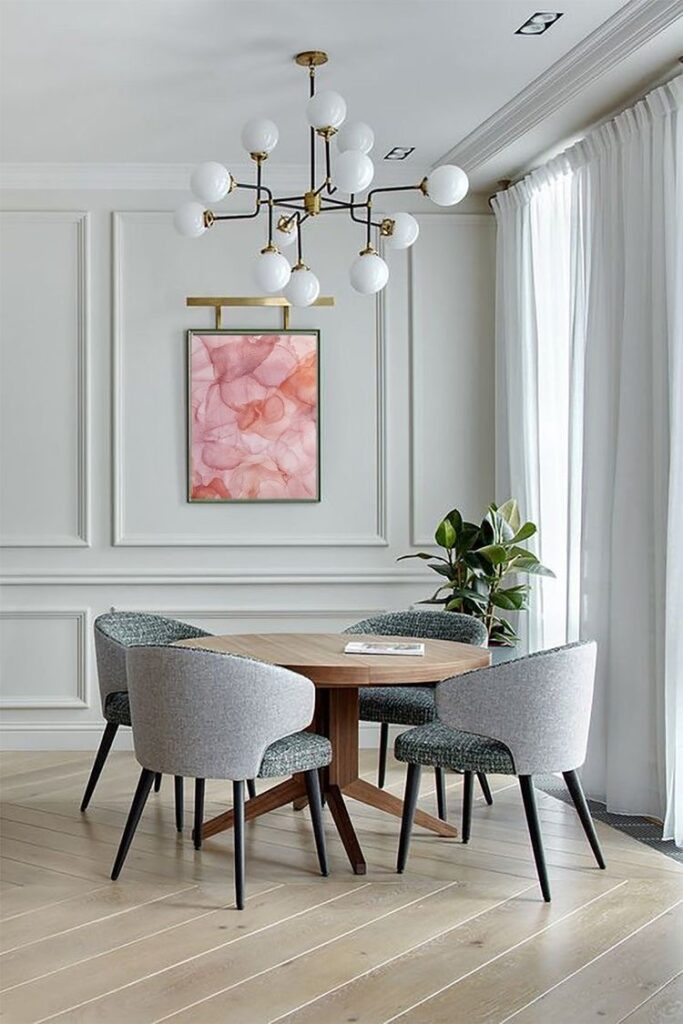
5 Easy DIY Accent Wall Ideas
Introduction
An accent wall is a great way to add personality and visual interest to your home. It can be used to draw attention to a particular feature, such as a fireplace or built-in bookshelves, or simply to create a focal point in a room. Accent walls can be painted, wallpapered, or covered with a variety of other materials, and the possibilities are endless.

If you're looking for a simple and affordable way to update your home, a DIY accent wall is a great option. In this article, we'll share five easy DIY accent wall ideas that you can easily do yourself.
Idea 1: Paint an Accent Wall
Painting an accent wall is one of the easiest and most affordable ways to add personality to your home. You can choose any color you like, but keep in mind that the color should complement the rest of the room. If you're not sure what color to choose, consider using a neutral color for the rest of the room and then picking a bolder color for the accent wall.

To paint an accent wall, start by preparing the wall by removing any existing wallpaper or paint. Then, apply a coat of primer to the wall. Once the primer is dry, you can start painting the accent wall. Use a quality paintbrush and apply two coats of paint, allowing each coat to dry completely before applying the next.
Idea 2: Wallpaper an Accent Wall
Wallpaper is another great way to add an accent wall to your home. There are so many different types of wallpaper available, so you're sure to find one that fits your style. You can choose from traditional wallpaper, textured wallpaper, or even peel-and-stick wallpaper.

To wallpaper an accent wall, start by measuring the wall and cutting the wallpaper to size. Then, apply a coat of wallpaper adhesive to the wall and the back of the wallpaper. Carefully adhere the wallpaper to the wall, starting at the top and working your way down. Use a wallpaper smoother to remove any air bubbles.
Idea 3: Add Wallpaper Borders to an Accent Wall
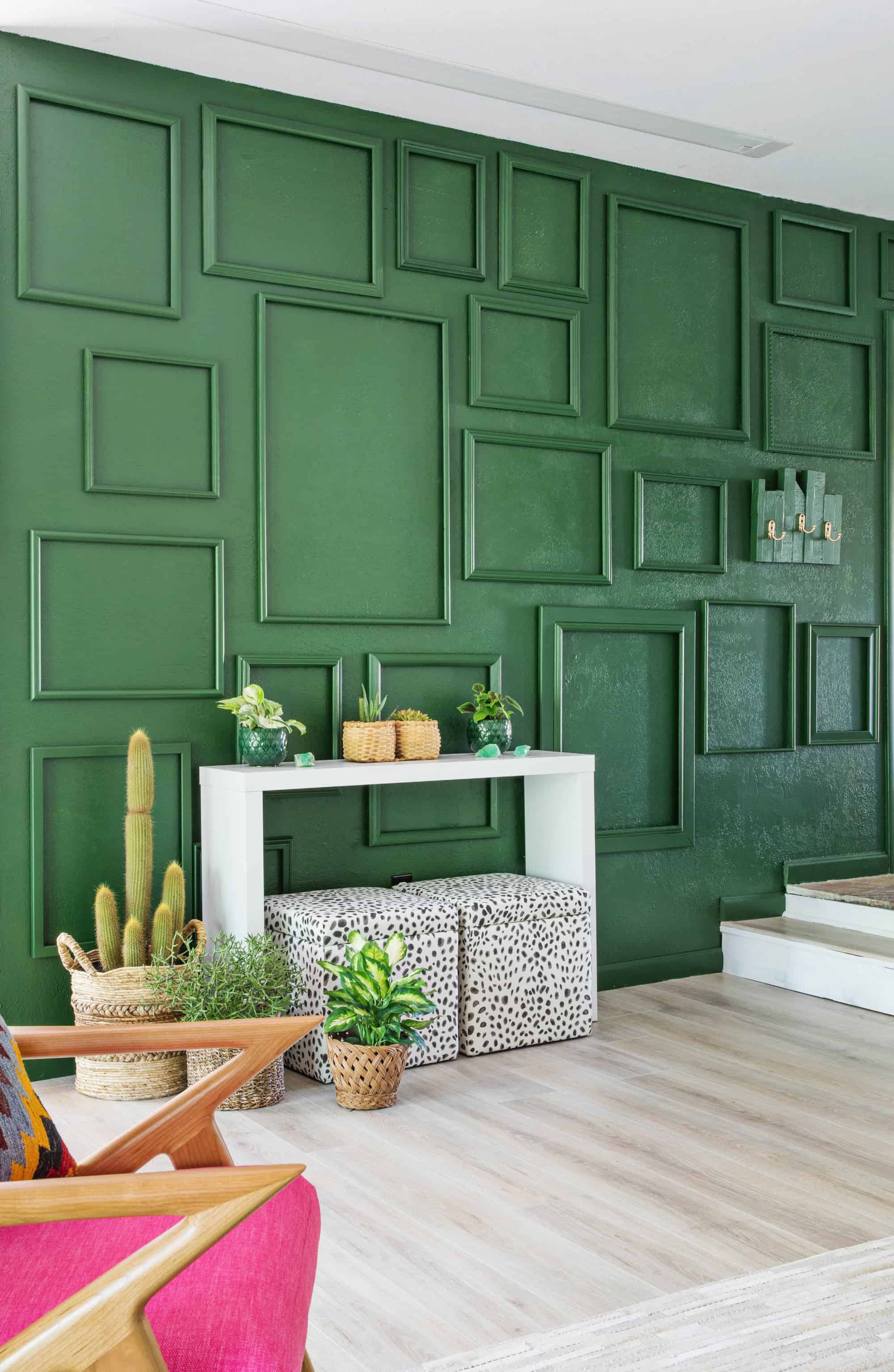
If you don't want to cover your entire wall with wallpaper, you can add a wallpaper border to create an accent wall. Wallpaper borders are available in a variety of colors, patterns, and styles. They're a great way to add a touch of personality to a plain wall.


To add a wallpaper border to an accent wall, start by measuring the wall and cutting the border to size. Then, apply a coat of wallpaper adhesive to the wall and the back of the border. Carefully adhere the border to the wall, starting at the top and working your way down. Use a wallpaper smoother to remove any air bubbles.
Idea 4: Install a Feature Wall
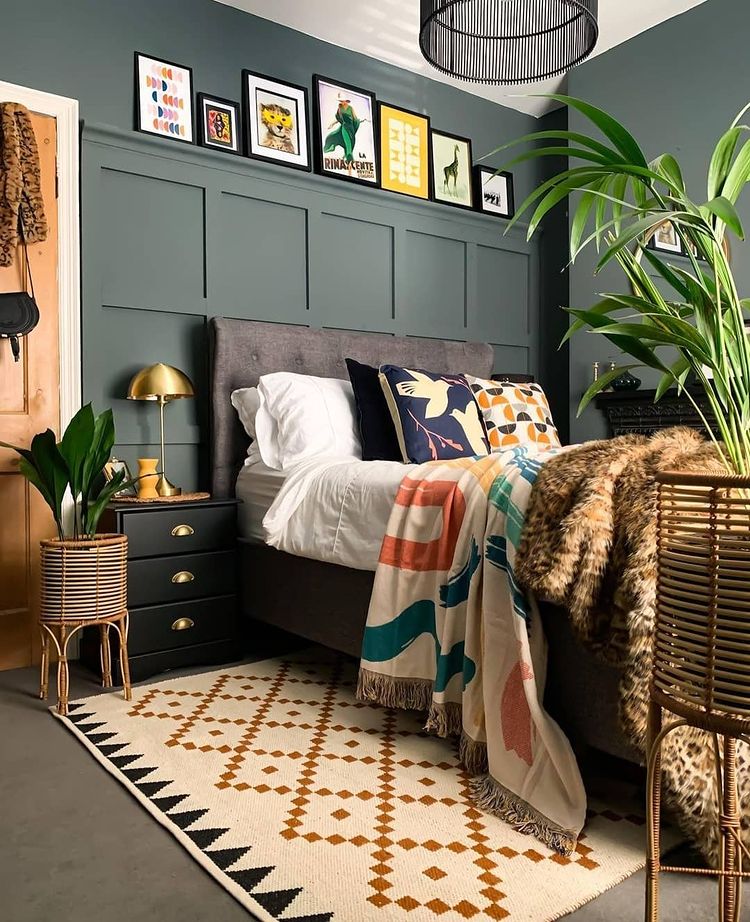
A feature wall is a wall that is made of a different material than the rest of the walls in the room. This can be a great way to add interest and depth to a room. Some popular feature wall materials include brick, wood, stone, and tile.
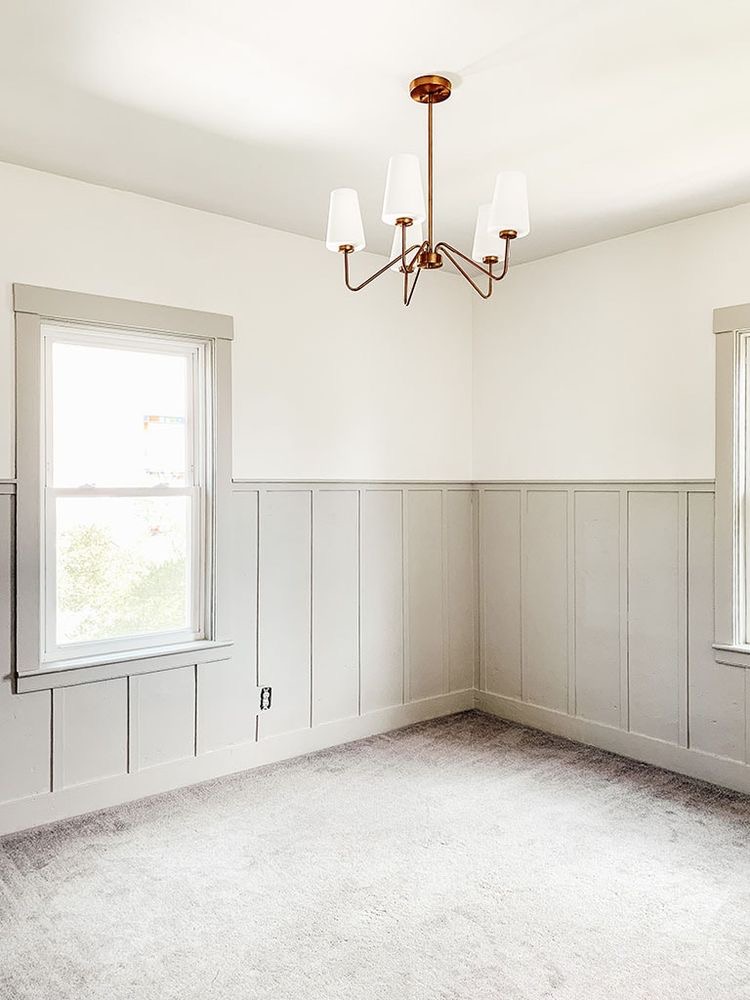
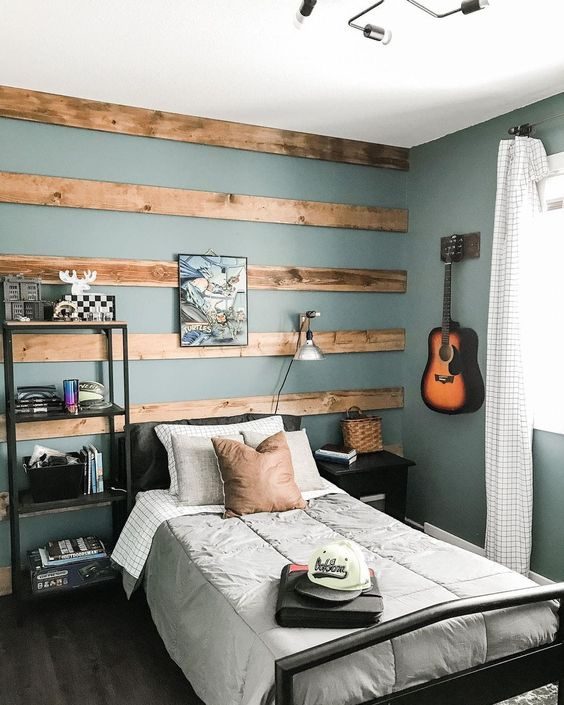
To install a feature wall, you'll need to remove the existing drywall from the wall. Then, you can install the new material of your choice. Be sure to use the proper tools and materials for the job.
Idea 5: Add Shelves to an Accent Wall

If you have a lot of books or other items that you want to display, you can add shelves to an accent wall. This is a great way to create a functional and stylish space. You can choose from a variety of different shelving units, so you can find one that fits your needs.
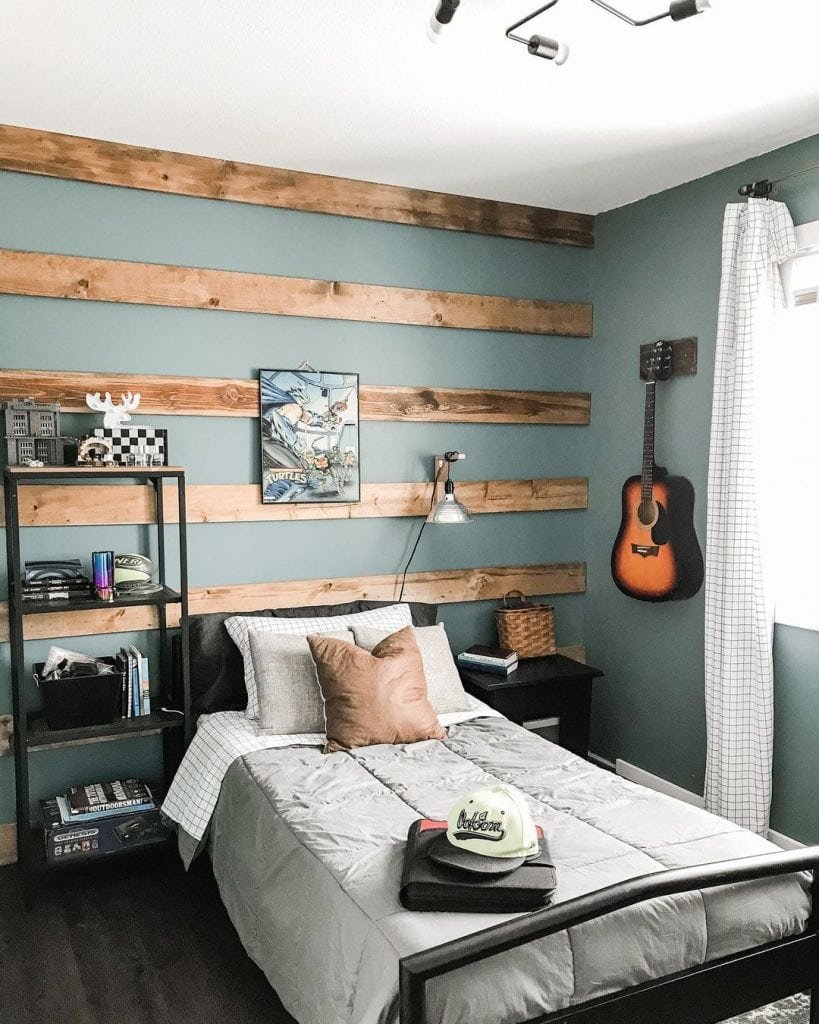

To add shelves to an accent wall, you'll need to install the shelving unit to the wall. Be sure to use the proper tools and materials for the job. Once the shelving unit is installed, you can start displaying your books, photos, or other items.
Conclusion
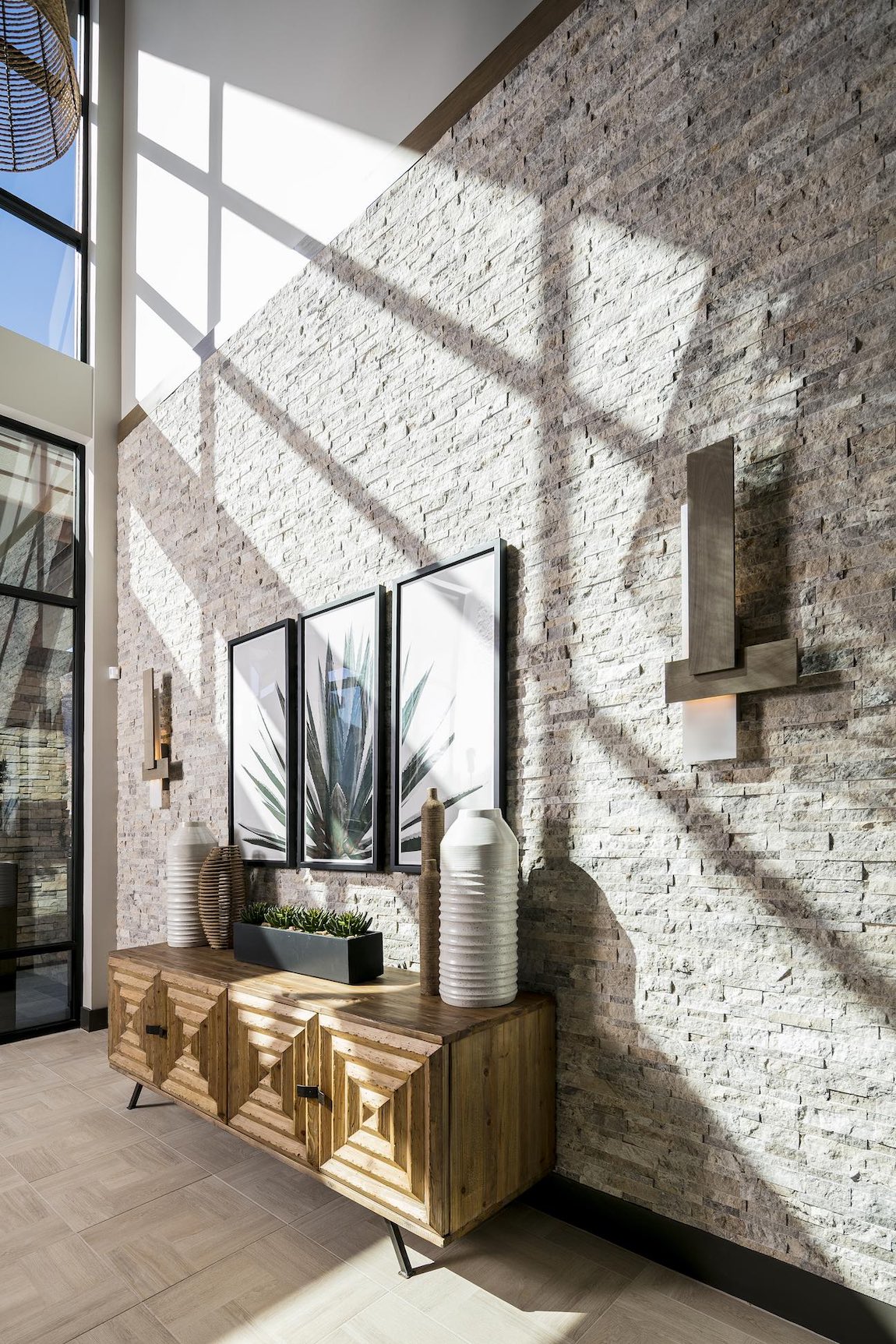
These are just a few of the many easy DIY accent wall ideas that you can try. With a little creativity and effort, you can easily create a stylish and unique accent wall in your home.

Keywords: accent wall designs easy, paint an accent wall, wallpaper an accent wall, add wallpaper borders to an accent wall, install a feature wall, add shelves to an accent wall
5 Easy DIY Accent Wall Designs
Do you want to add a touch of personality to your home décor? An accent wall is a great way to do just that. Accent walls can be used to create a focal point in a room, add visual interest, or simply make a statement. And the best part is that you can easily DIY an accent wall yourself.

In this article, we'll share five easy DIY accent wall designs that you can tackle in a weekend. We'll also provide tips on how to choose the right paint color and materials for your project.
1. Gallery wall
A gallery wall is a classic and versatile accent wall design. It's perfect for showcasing your favorite photos, paintings, or prints. To create a gallery wall, simply hang your pieces of art in a variety of sizes and shapes on one wall. You can arrange them in a symmetrical pattern or a more random one.

When choosing art for your gallery wall, keep in mind the overall size and shape of the wall. You'll also want to consider the colors and textures of the pieces you choose. For a cohesive look, try to choose pieces that have similar colors or themes.
2. Stenciled wall
A stenciled wall is a great way to add a touch of pattern and interest to your space. Stencils are available in a variety of designs, so you can find one that fits your personality and style. To create a stenciled wall, simply apply paint to the stencil and then press it onto the wall. You can use a variety of different painting techniques to create different effects.

When choosing a stencil, keep in mind the size and shape of the wall. You'll also want to consider the colors you'll be using. For a bold look, choose a dark color for the wall and a light color for the stencil. For a more subtle look, choose two similar colors for the wall and stencil.
3. Feature wall

A feature wall is a wall that is painted in a different color than the rest of the room. This is a great way to create a focal point in a room and add visual interest. To create a feature wall, simply paint one wall in a bold color. You can also use wallpaper or other wallcoverings to create a feature wall.


When choosing a color for your feature wall, keep in mind the overall color scheme of the room. You'll want to choose a color that complements the other colors in the room. For a dramatic look, choose a dark color for your feature wall. For a more subtle look, choose a light color.
4. Wall mural

A wall mural is a large-scale painting or print that covers an entire wall. Wall murals are a great way to add a touch of personality and creativity to your home décor. To create a wall mural, you can either hire an artist to paint it for you or you can create your own mural using decals or removable wallpaper.


When choosing a wall mural, keep in mind the size and shape of the wall. You'll also want to consider the colors and themes of the mural. For a cohesive look, try to choose a mural that complements the other décor in the room.
5. Rustic wall

A rustic wall is a great way to add a touch of warmth and character to your home décor. Rustic walls can be created using a variety of materials, such as wood, stone, or brick. To create a rustic wall, simply choose a material that you like and then apply it to the wall. You can also use a variety of different painting techniques to create a distressed or weathered look.


When choosing a material for your rustic wall, keep in mind the overall style of your home décor. You'll want to choose a material that complements the other materials in the room. For a traditional look, choose wood or stone. For a more modern look, choose brick or metal.
Tips for choosing the right paint color and materials for your accent wall

When choosing a paint color for your accent wall, there are a few things you'll want to keep in mind. First, consider the overall color scheme of the room. You'll want to choose a color that complements the other colors in the room. Second, consider the size of the wall. If you have a small wall, you'll want to choose a light color to make the wall appear larger. If you have a large wall, you can choose a darker color to make the wall appear more dramatic.


When choosing materials for your accent wall, there are a few things you'll want to keep in mind. First, consider the durability of the material.


